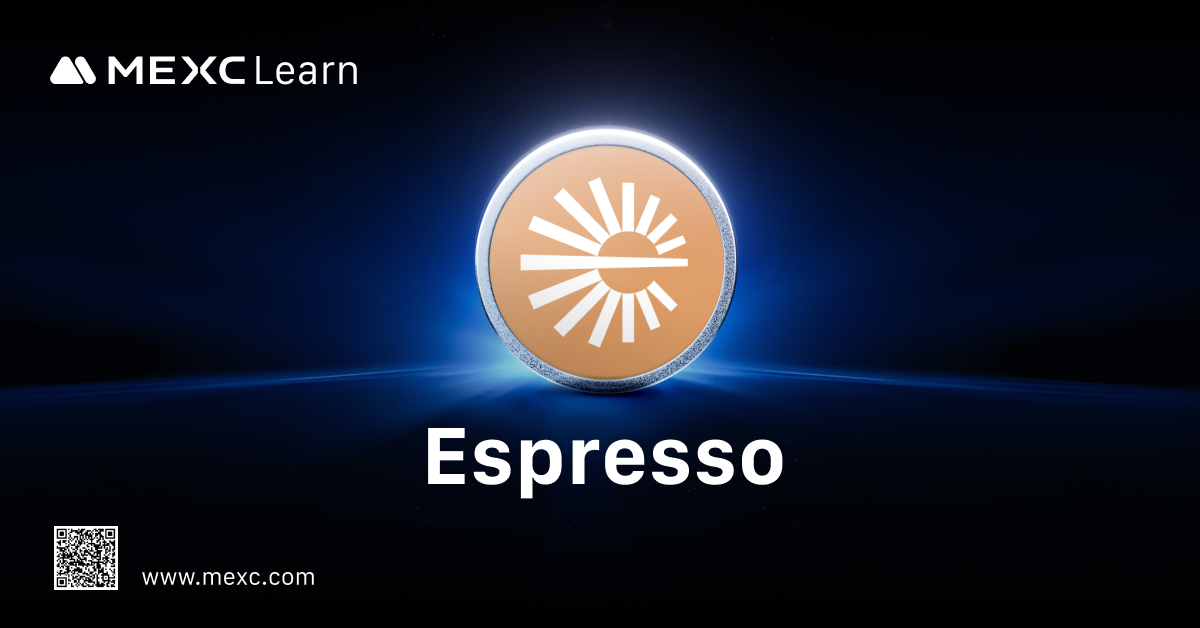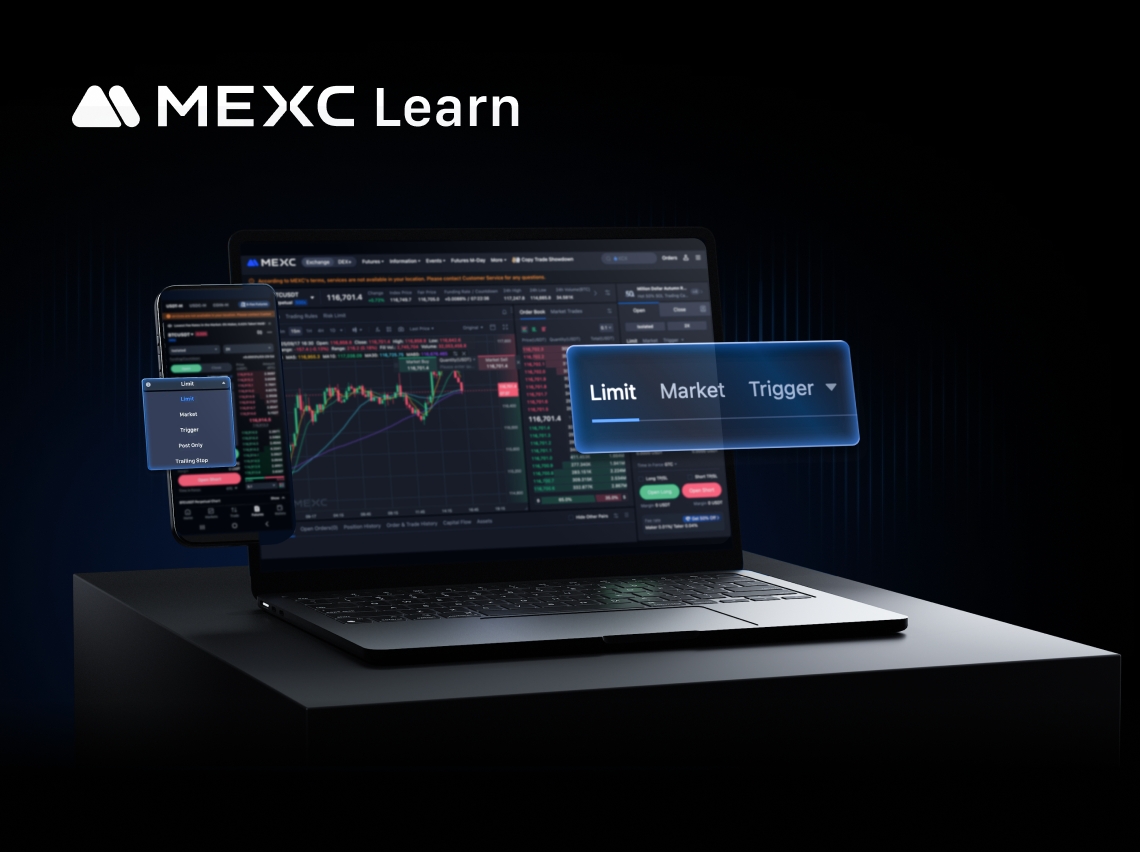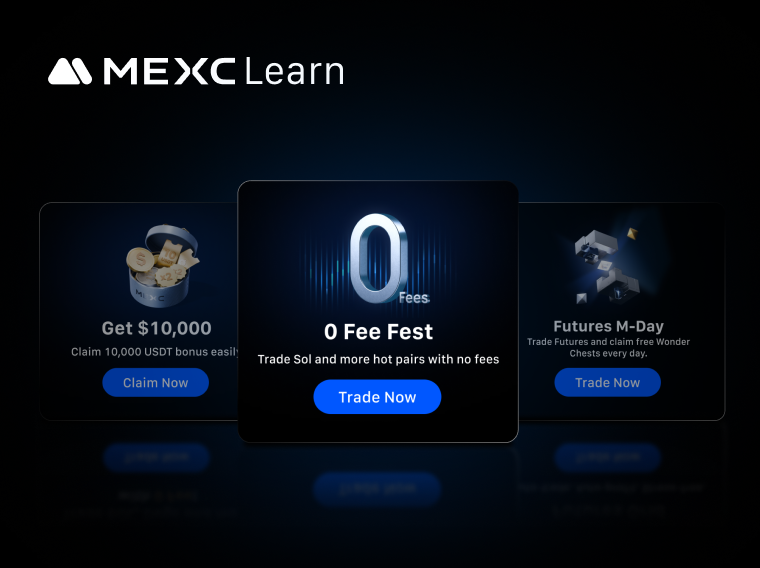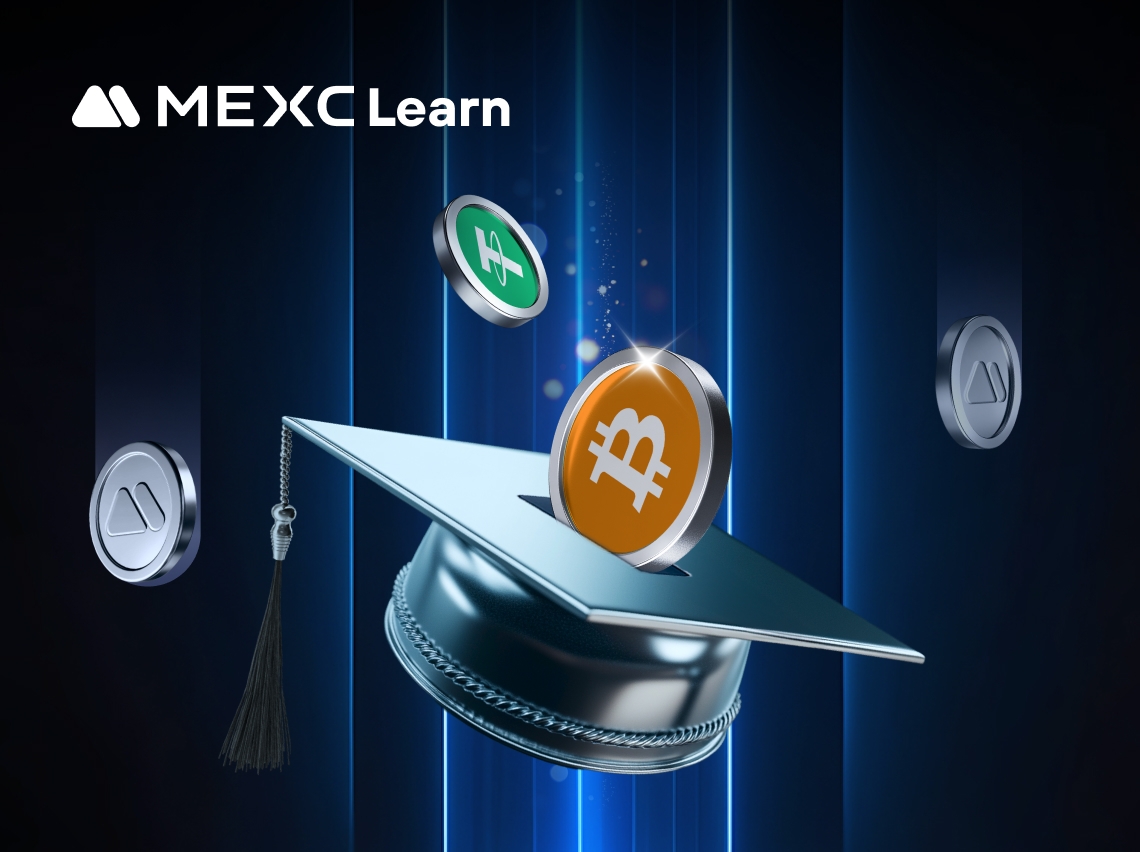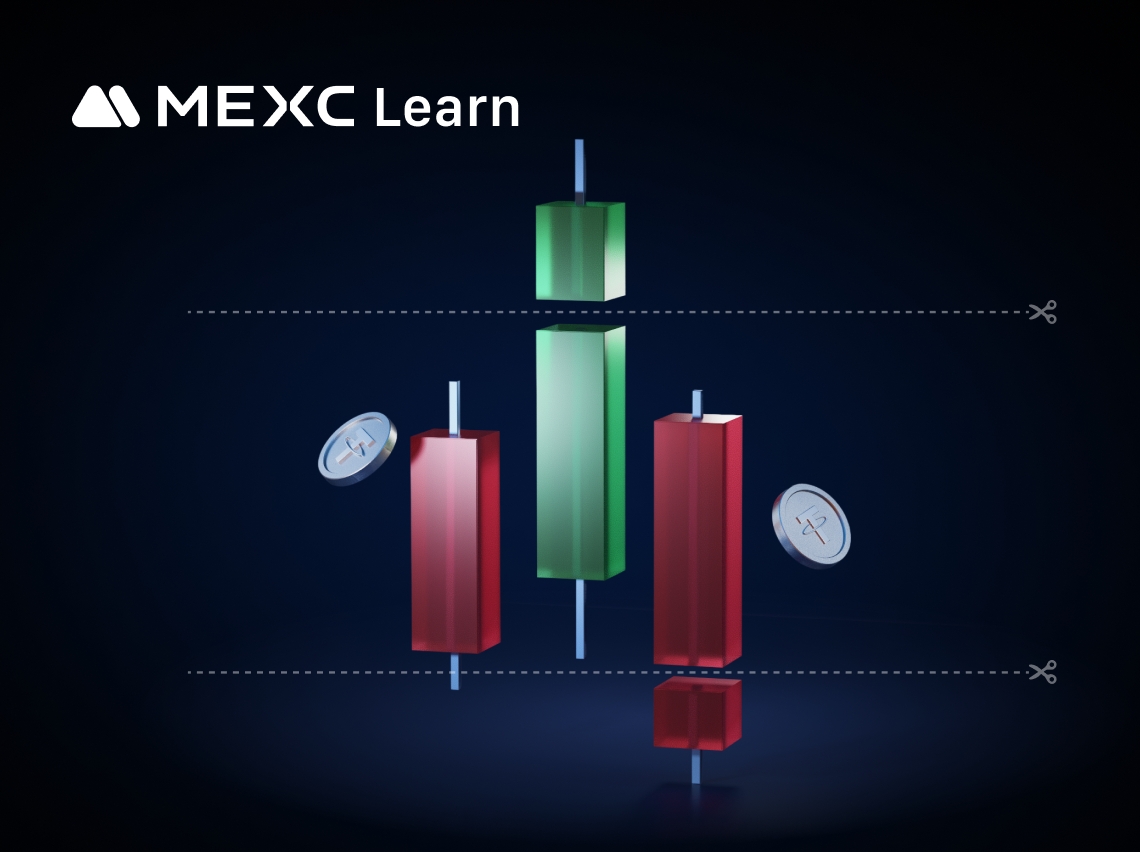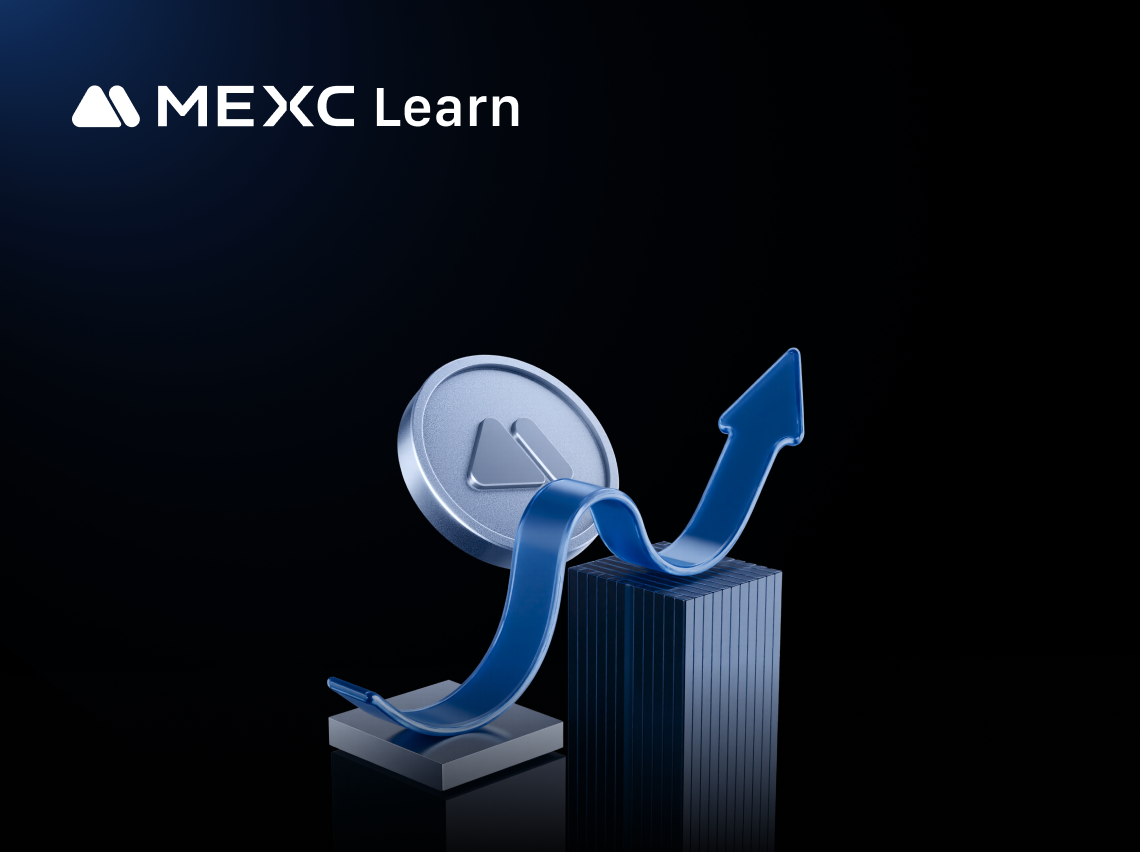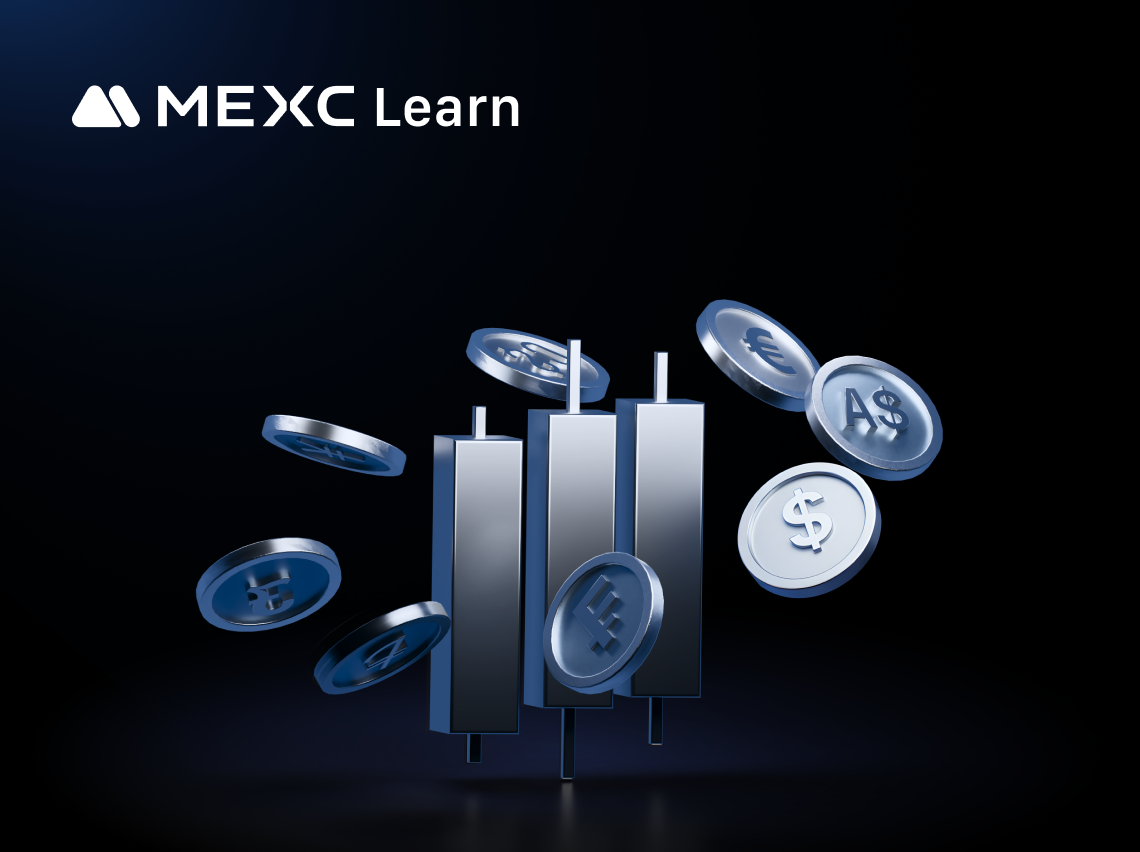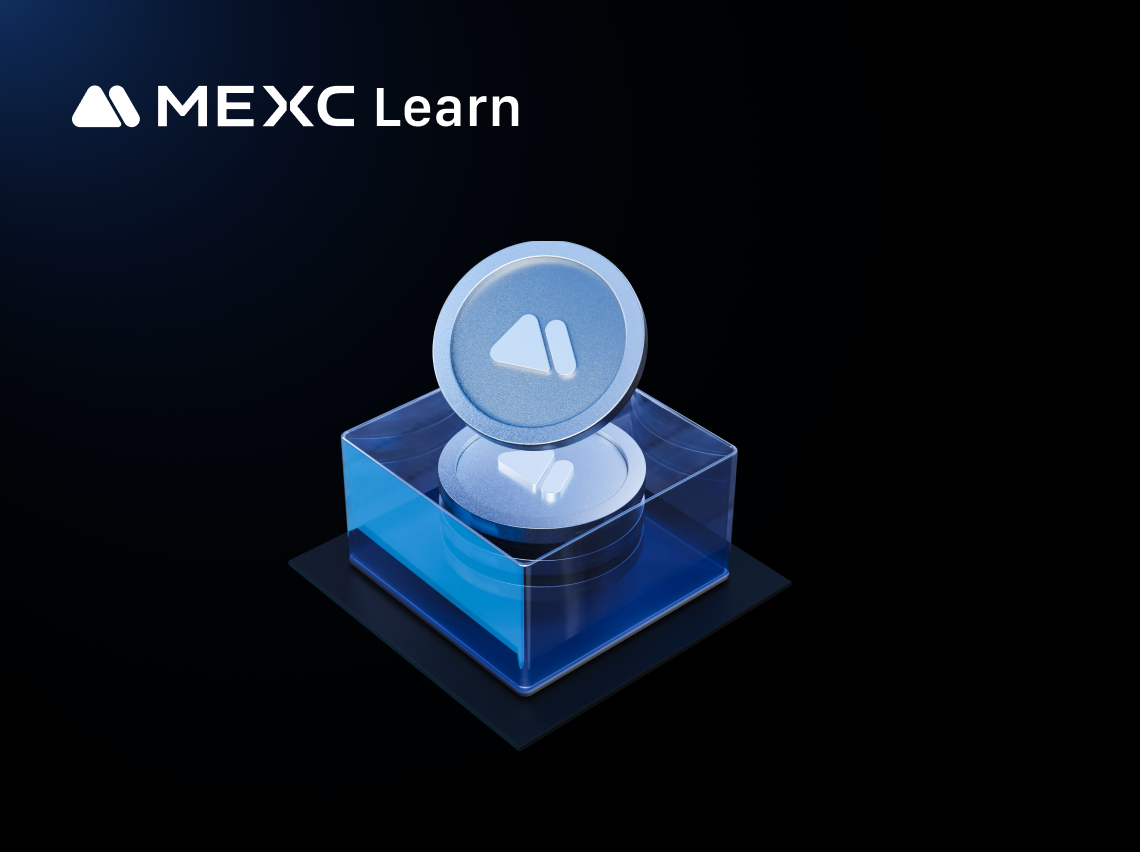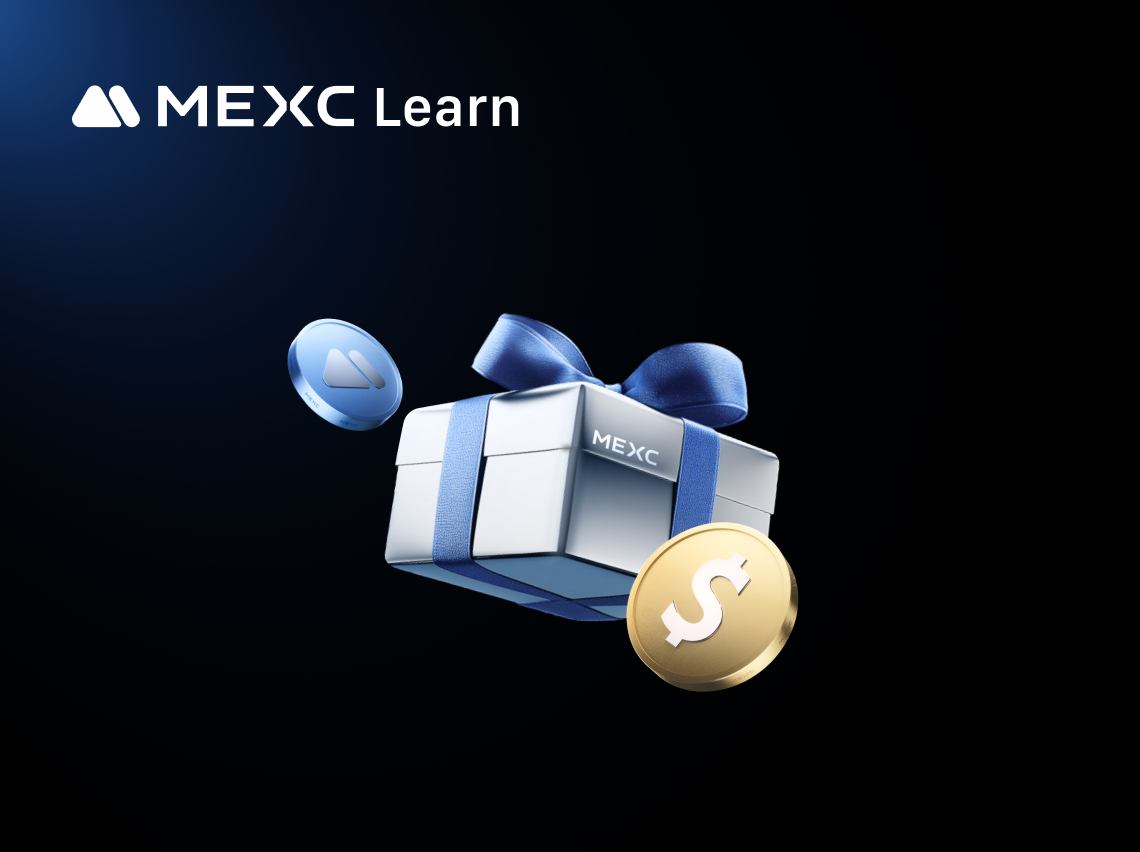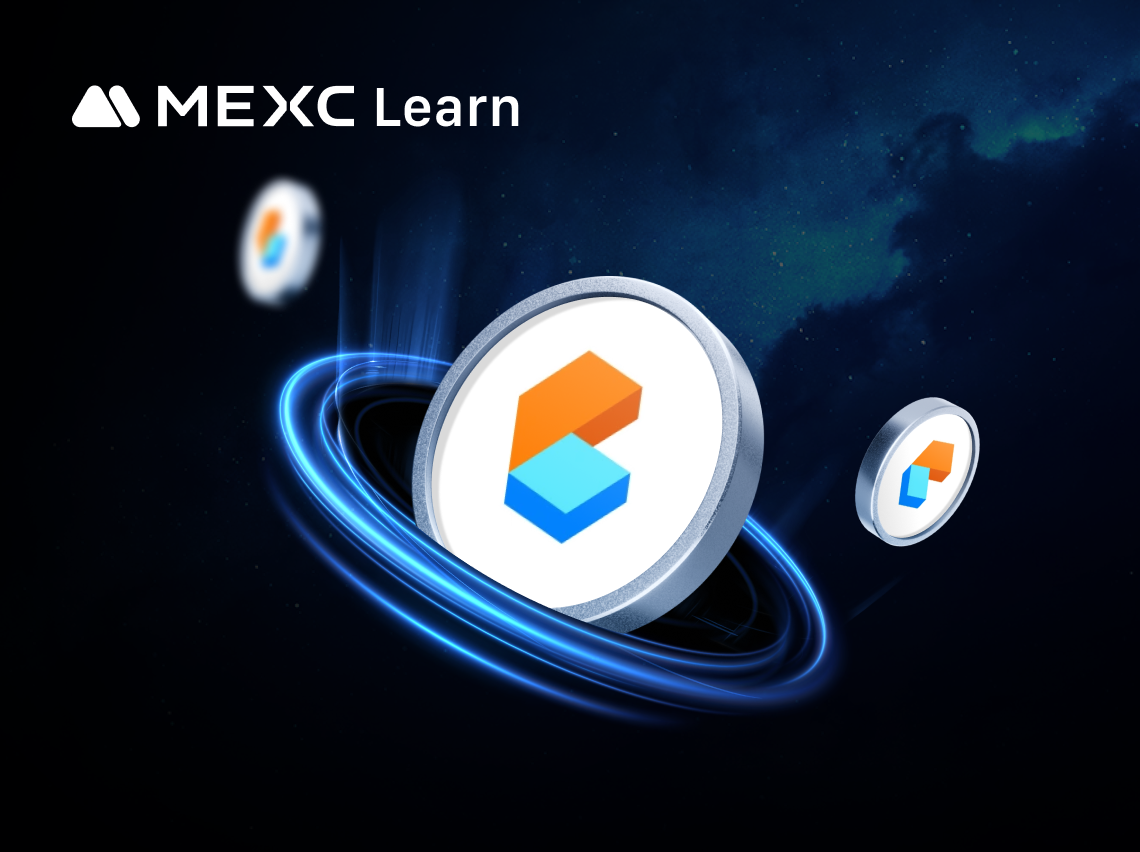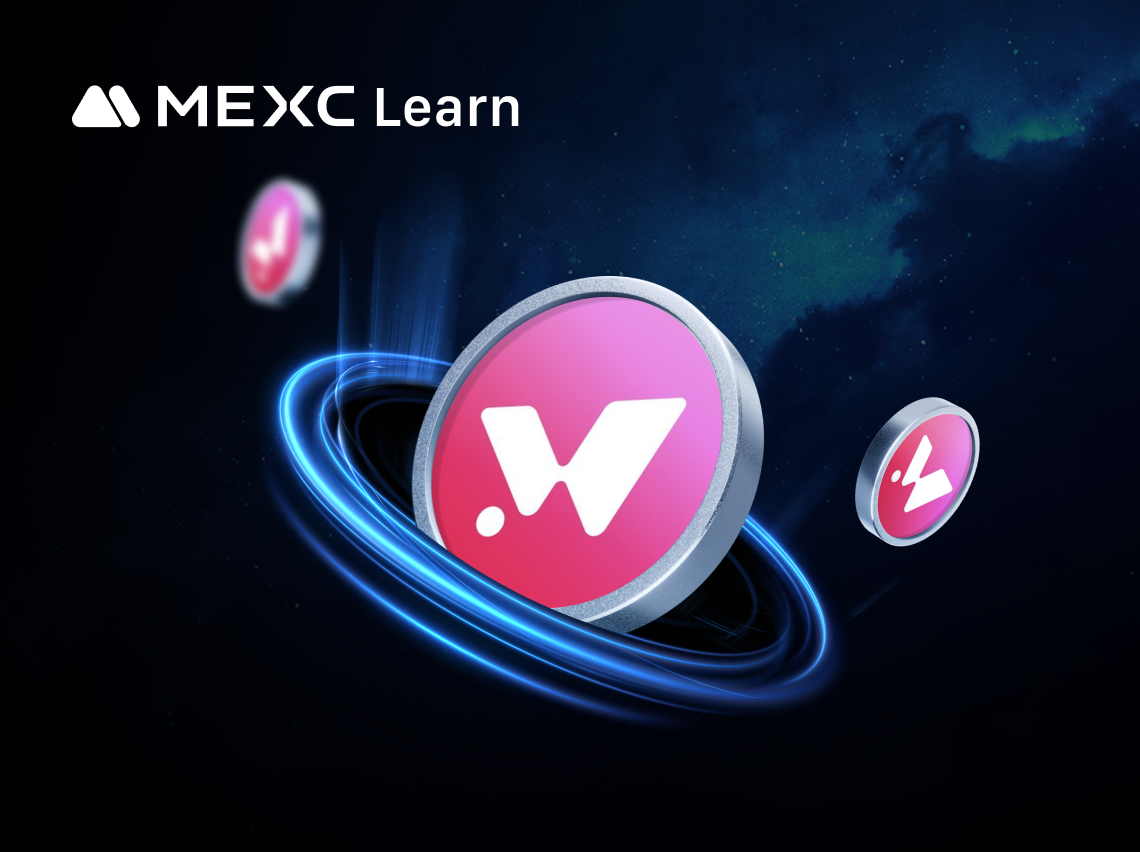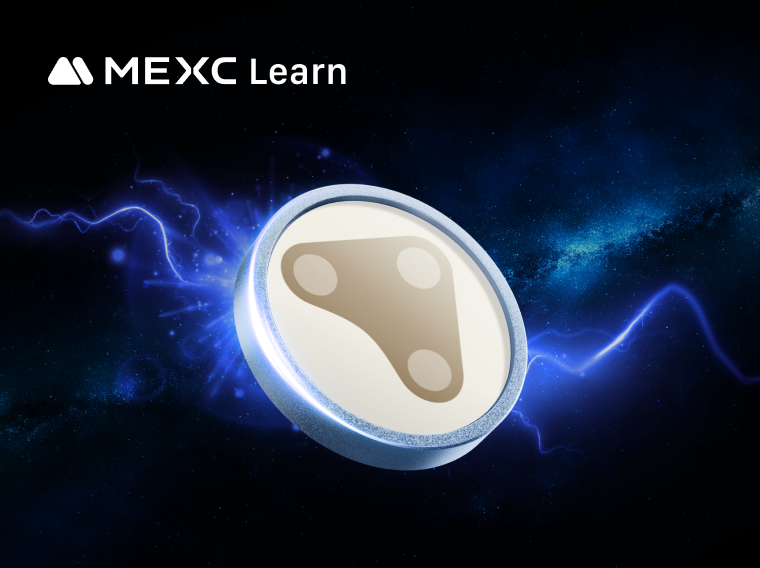1) Espresso uses a decentralized BFT consensus to provide fast transaction confirmations within six seconds for all connected blockchains.
2) As a global confirmation layer, Espresso allows different chains to access each other's verified state in real time, enabling true cross-chain composability.
3) It is compatible with leading rollup frameworks, including Arbitrum, OP Stack, and Polygon CDK.
4) Compared with Ethereum's 15-minute finality, Espresso reduces confirmation time to seconds, greatly improving cross-chain efficiency.
5) Beyond confirmation, Espresso can also serve as a decentralized sequencer and a low-cost data availability layer.
As blockchain applications continue to expand, a single chain can no longer accommodate all user demands. In response, hundreds of new blockchains have emerged, some focusing on GameFi, others on DeFi or NFTs. These networks have become isolated "islands," with assets and applications confined within their own ecosystems.
This fragmentation brings multiple challenges. Users must frequently switch chains and bridge assets, developers need to redeploy their applications across multiple ecosystems, and liquidity becomes scattered, reducing overall capital efficiency. More importantly, the blockchain's core advantage, composability, where applications can interoperate like Lego blocks, becomes ineffective in cross-chain scenarios.
The Espresso Systems team recognized the key challenges facing today's public blockchains and set forth a bold vision, to enable all blockchains to operate together as a unified system. To realize this, they developed Espresso Network, which serves as a Global Confirmation Layer that provides fast, reliable, and neutral transaction confirmations for all connected blockchains.
In traditional blockchain architecture, a transaction must go through several stages before reaching finality. Take Ethereum rollups as an example: after a user submits a transaction, it is first processed and tentatively confirmed by the rollup's sequencer. The sequencer then batches transactions and submits them to Ethereum mainnet, where they must wait for Ethereum's finality, typically around 15 minutes. This lengthy process introduces risks: if the sequencer behaves maliciously or encounters errors, transactions may be reverted.
Espresso introduces a confirmation layer into this process, acting as an intermediate layer for rapid confirmation. Once a rollup sequencer submits a transaction block to Espresso, its validator nodes use Byzantine Fault Tolerant (BFT) consensus to reach agreement within six seconds, providing economically secure confirmation. More importantly, through protocol-level constraints, only blocks confirmed by Espresso can be finalized and settled on Ethereum.
The Espresso workflow can be broken down into five key stages:
1) Submission: The authorized sequencer of a rollup submits transaction batches to the Espresso network.
2) Consensus: Espresso's validator nodes run the HotShot BFT consensus protocol, reaching agreement on each block within roughly 6 seconds.
3) Constraint: At the protocol level, only blocks confirmed by Espresso are permitted to finalize on the Layer-1 (e.g., Ethereum).
4) Availability: Once confirmed, blocks become readable within seconds, providing a reliable view of the rollup's latest state.
5) Interoperability: Other chains, cross-chain bridges, and messaging protocols can read from Espresso to access real-time state data across all integrated networks.
This design is particularly elegant because it does not require any changes to existing blockchain architectures. Instead, Espresso functions as a complementary layer that enhances interoperability across the entire ecosystem.
Espresso leverages its proprietary HotShot consensus protocol, a BFT mechanism specifically optimized for speed and scalability. Unlike Ethereum, which prioritizes censorship resistance at the cost of latency, HotShot focuses on delivering sub-second to second-level confirmations.
In real-world testing, Espresso has already achieved an average confirmation time of around six seconds, with ongoing progress toward sub-second finality. This dramatic improvement in confirmation speed is critical for user experience. Transactions that once required 15 minutes to finalize on Ethereum can now be confirmed in just a few seconds through Espresso.
Most existing rollups rely on centralized sequencers, creating potential single points of failure and trust assumptions. Espresso offers an alternative, a decentralized network of 100 validator nodes (with plans to expand further and transition to a permissionless Proof-of-Stake system). Rollups can delegate their sequencing to this decentralized network instead of operating their own centralized sequencer.
This architecture not only enhances security and decentralization, but also lays the groundwork for shared sequencing, enabling multiple rollups to utilize the same set of sequencers and unlock atomic cross-chain transactions.
Data availability is one of the key bottlenecks in blockchain scalability. Espresso not only provides confirmation services but can also function as a low-cost data availability layer. Compared with storing data directly on Ethereum, Espresso offers strong data availability guarantees at a fraction of the cost, helping applications achieve greater scalability.
At present, the Espresso network has reached a data throughput of 20 MB/s, far exceeding most existing solutions.
The fastest cross-chain bridges currently adopt a solver-based model, where users lock assets on the source chain and solvers pre-fund assets on the destination chain. However, solvers face a key risk: if the transaction on the source chain is rolled back, they may incur losses. As a result, solvers must either wait for a long finality period, which affects user experience, or bear this risk and charge higher fees.
With Espresso, solvers can obtain reliable confirmations within just a few seconds, ensuring that users' locked transactions will not be rolled back. This greatly improves capital efficiency and reduces cross-chain costs. Leading cross-chain bridges such as Across are already exploring integration with Espresso.
Cross-chain messaging is the foundation of interoperability between blockchains. Existing solutions are either slow, such as those that transmit through Layer-1 and require several days to finalize, or they depend on trusted committees, such as Wormhole or LayerZero. Even when these committees operate honestly, they still need to wait for Layer-1 finality before they can confirm transaction batches.
Espresso enables transaction finality within seconds, which allows messaging protocols to verify cross-chain messages more quickly and securely. Whether using trusted execution environment (TEE) attestation or zero-knowledge (ZK) proofs, these systems require a confirmed list of transactions or Merkle root for verification. Espresso provides exactly this critical component.
Some advanced cross-chain designs allow blockchains to optimistically accept messages from one another and then resolve any discrepancies at settlement. This approach requires a coordinated settlement process between chains, which may rely on zero-knowledge (ZK) aggregation or interleaved fraud-proof mechanisms.
Rollup operators can use Espresso's fast Byzantine Fault Tolerant (BFT) confirmations and verifiable state proofs to access high-confidence state information in real time, without needing to wait until settlement to detect issues. This makes the design of aggregated interoperability clusters more practical and secure.
When aggregated interoperability clusters are combined with a shared sequencer, it becomes possible to achieve fully synchronous composability, considered the holy grail of cross-chain interoperability. In this model, smart contracts on different chains can call each other within the same transaction, as if they were operating on a single chain.
Espresso plays a central role in enabling both of these key components. It provides fast confirmations for aggregated clusters and decentralized infrastructure for shared sequencing.
Espresso is gaining recognition from an increasing number of projects across the blockchain space. More than 20 chains are already integrating or testing Espresso on testnet, including:
General-Purpose Rollups: RARI Chain and various AppChains.
Application-Specific Chains: Molten Network, which focuses on trading, and t3rn, which specializes in cross-chain execution.
Tech Stack Integrations: Major frameworks like Arbitrum Orbit, OP Stack, Polygon CDK, and Cartesi, all of which are actively developing Espresso integrations.
Beyond blockchains themselves, core infrastructure projects such as cross-chain bridges, solver networks, and DEX aggregators are also exploring how to leverage Espresso's Confirmation Layer.
Espresso Systems is not only building products but also advancing research and standardization across the broader blockchain industry. One of their key contributions is the proposal of CIRC (Coordinated Inter-Rollup Communication), a standard designed to enable a chain-agnostic cross-chain messaging protocol. They are also exploring incentive-compatible shared sequencing markets, allowing rollups to transparently auction off transaction ordering rights while preserving both revenue and sovereignty.
The future of blockchain should not be a fragmented landscape of isolated chains, but a seamlessly connected network. By providing a fast, reliable, and neutral confirmation layer, Espresso is laying the foundational infrastructure for this vision.
For users, this translates to smoother cross-chain experiences and lower costs. For developers, it means the ability to focus on innovation without being burdened by cross-chain complexity. For the industry as a whole, it marks another step toward true mass adoption of blockchain technology.
Just as the TCP/IP protocol unified disparate computer networks into the modern internet, Espresso seeks to become the core protocol that connects diverse blockchains into a unified, composable ecosystem. In a multi-chain world, Espresso's confirmation layer may well prove to be the essential piece that brings the entire system together.
Disclaimer: This material does not constitute advice on investments, taxes, legal matters, finance, accounting, consulting, or any other related services, nor is it a recommendation to buy, sell, or hold any assets. MEXC Learn provides information for reference only and does not constitute investment advice. Please ensure you fully understand the risks involved and invest cautiously. All investment decisions and outcomes are the sole responsibility of the user.
